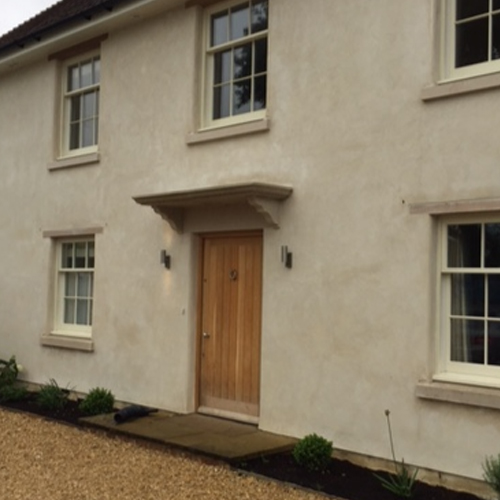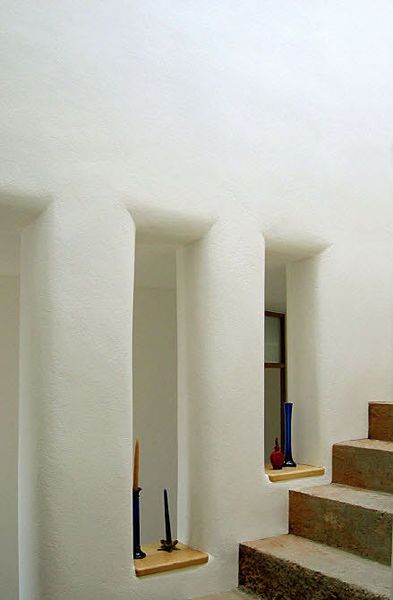Eco-FriendlyHousing
Eco-FriendlyHousing should be defined first so we are on the same page and talking about the same thing. Let us look at this from an ideal point of view embracing multiple aspects and not just one in particular. Eco-friendly homes are made up of organic or recycled materials to lessen damage to the environment.
Kenafcrete can then be considered Eco Material. Building with kenafcrete needs to be practical, which includes affordability and superior benefits in the material as well as construction time and costs. Building standards need to be met with certified testing, engineering specifications applied to design / build projects at multiple locations. Each of these points are shown here: Affordable Homes by Tim Tan .
Training
You do not have to be a rocket scientist to build with kenafcrete. Easy to learn on the job training, manufacturing prefabricated walls or kenafcrete blocks. Installing the prefabricated walls and bricks. This can be seen by watching the following 3 short videos.
Materials
Kenafcrete is made with kenaf wood core chips, hydrated lime and water. The fundamentals of building with kenaf are centered around a simple “4: 1: 1 formula ” - 4 parts kenaf wood core , 1 part hydrated lime and 1 part water. A finishing lime plaster is then applied to seal the walls, which protects the walls from heavy moisture and still allows the walls to breathe.
Kenafcrete sealer is made with slaked lime and water called a lime plaster. It is available at places like Home Depot and Tractor Supply throughout the US.

Outside Finish with Lime Plaster

Inside Finish Using Lime Plaster
Equipment
The hand tools in manufacturing and installation are readily available around the world.
Equipment for kenafcrete manufacturing and installation are top rotary mixers and specialized sprayers.
The Next Step
In Eco-FriendlyHousing? Bamboo
Replacing 2X4s, 2X6s etc. in stick built homes with bamboo can go a long way in preserving our forests and the eco-system they support. Introducing bamboo in strategic locations that are beneficial to the environment and a good use of existing land and using bamboo instead of lumber is an obvious next step in the alignment of regenerative housing and regenerative farming. An example of how this might work is to take a corn / soy field in central Illinois and instead of drain tiles and drainage ditches, use a key-line plow to address water retention for drought flooding. Drainage ditches converted to grow bamboo
- Over 2,000 different species to choose from. American Bamboo Society
- Can be grown in hot and cold climates up to zone 4.
- Clumping bamboo is not invasive and easy to grow.
- Giant bamboo can grow up to 12 feet high and 4-5 inches in diameter in a season.
- You can harvest at the end of every season and it is like grass and will grow back.
- Structural strength and flexibility similar to steel.
- Bamboo has many other uses.
- It too can help save our forests especially old growth forests which are becoming rare.
- Farmed properly with kenaf you can grow the material for one or more houses each year.
- It has its' own unique beauty and character in the landscape.
Why Kenafcrete
In Eco-FriendlyHousing?
- Continues to absorb carbon from the atmosphere as time goes by.
- Fireproof.
- Mold proof
- Pest proof
- 9 inch thick walls have an 18-29R insulation value. (Note: I have seen both values stated by experts one stating 2R / inch)
- Sound absorbing / dampening.
- Waterproof and self healing.
- Kenaf is not regulated and can be a more cost effective building material.
- Is a superior eco material.
- Easy to build with.
Other Eco-FriendlyHousing Uses
For Bamboo and Kenaf
- Flooring - bamboo and kenafcrete
- Foundations - bamboo and kenafcrete
- Insulation - kenaf
- Particleboard made with kenaf provides the best quality compared to trees
- Kenafcrete sprayed onto existing walls
Facts and Fun Ideas
Kenafcrete is a biocomposite made of the inner woody core of the kenaf plant mixed with a lime-based binder. ... Fully cured kenafcrete blocks float in a bucket of water. It is not used as a structural element, only as an insulating infill between the frame members though it does tend to reduce racking. Racking is the term used for when buildings tilt as their structural components are forced out of plumb.... To be able to resist the forces of high winds and safeguard against racking , a continuous load path is a construction method that secures a building from the roof to the foundation.
Here in northern Michigan deer blinds and ice fishing shanties made from bamboo and kenafcrete could catch on as a specialized housing use and make the list of eco-friendlyhousing.